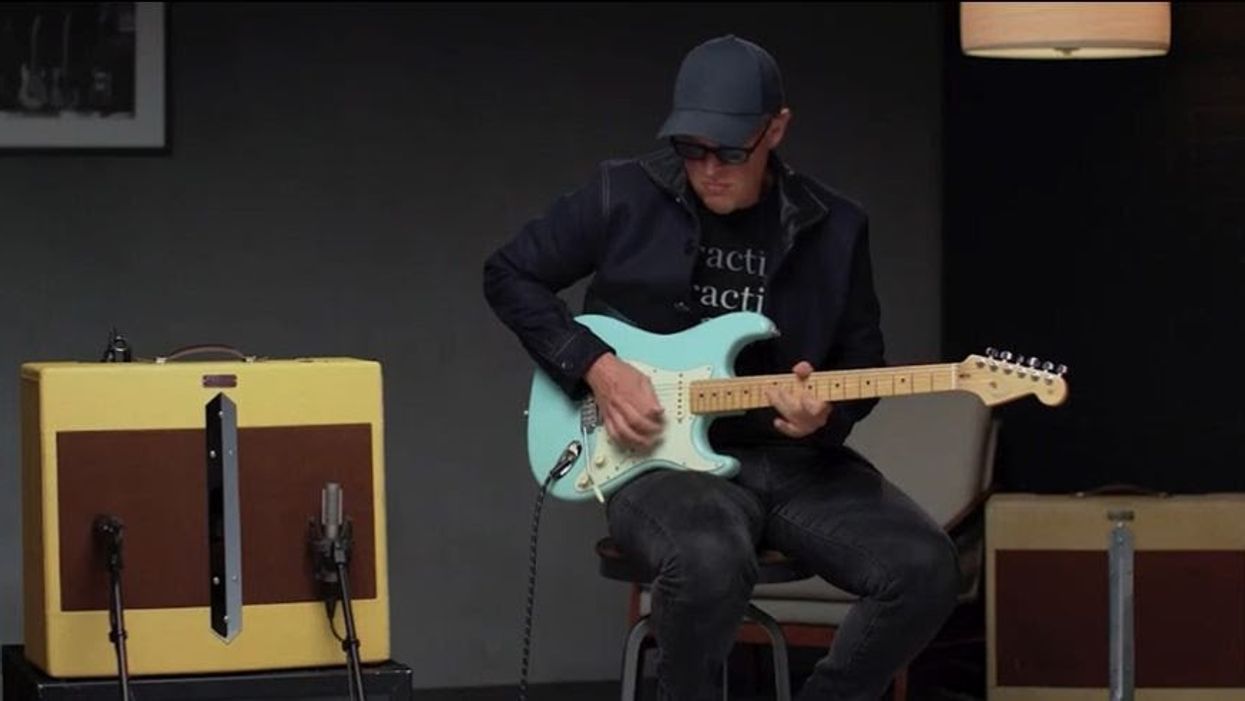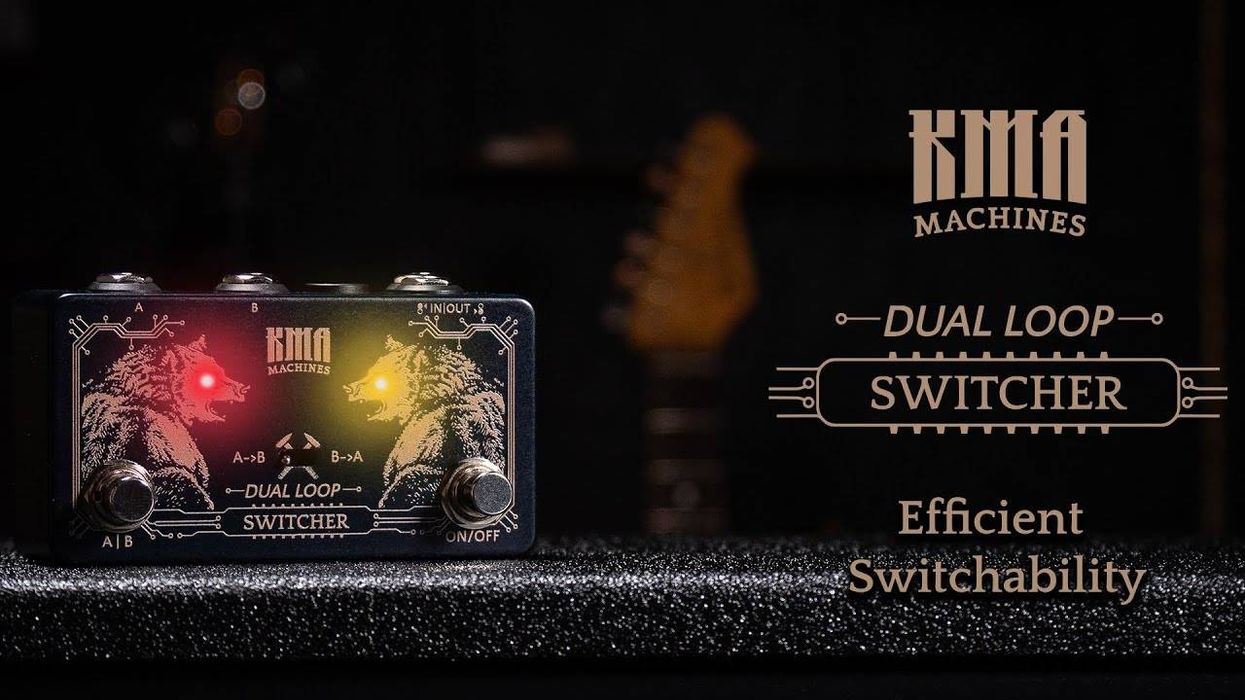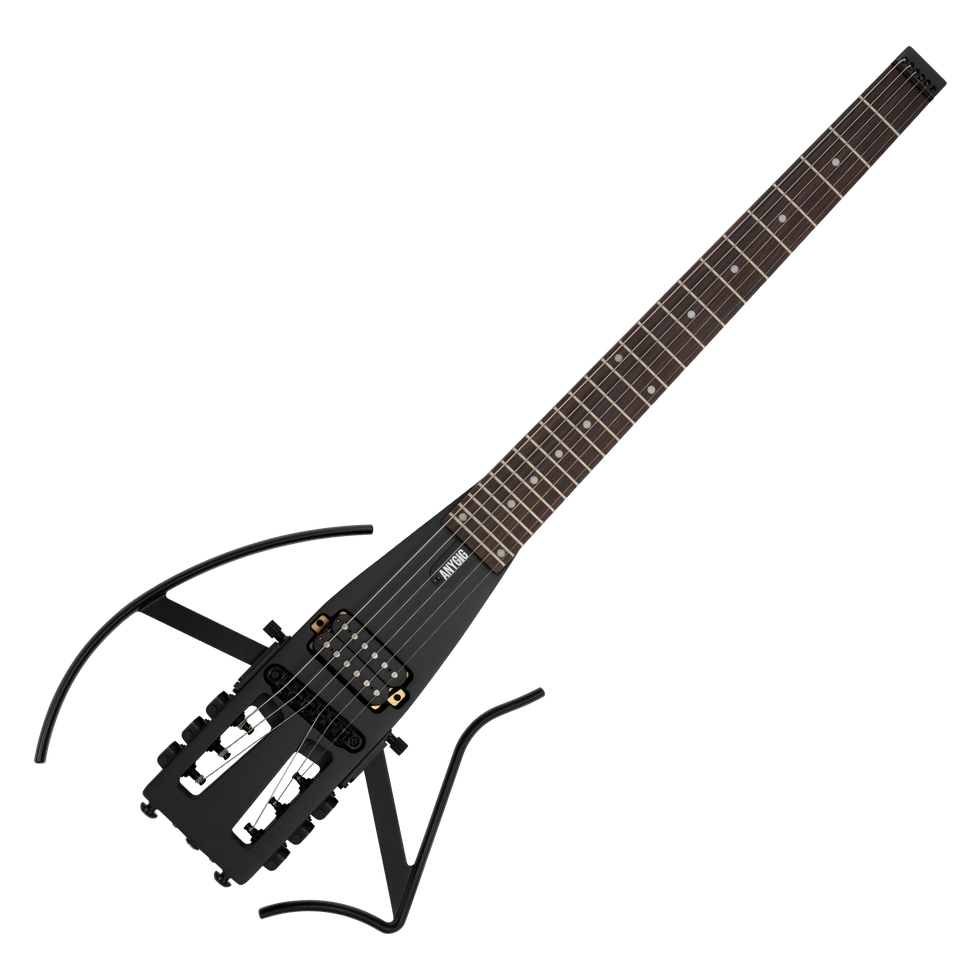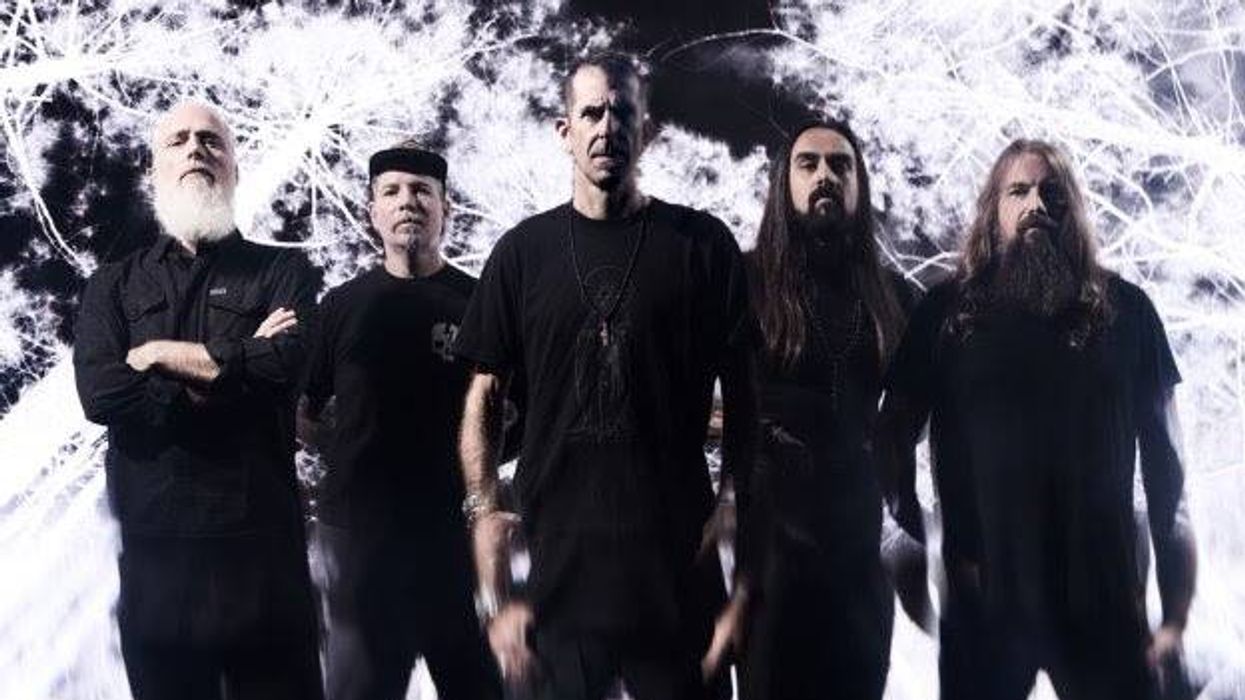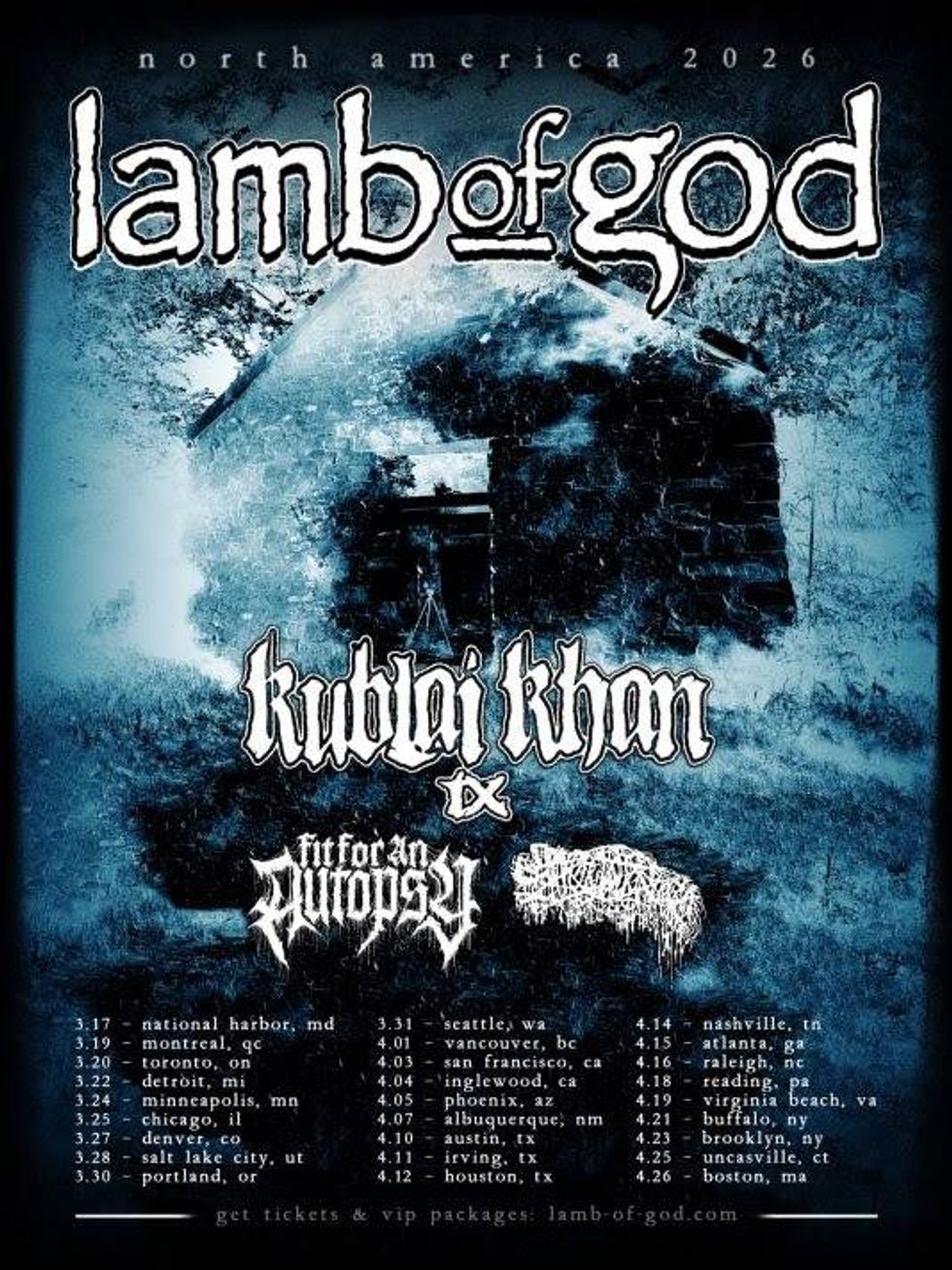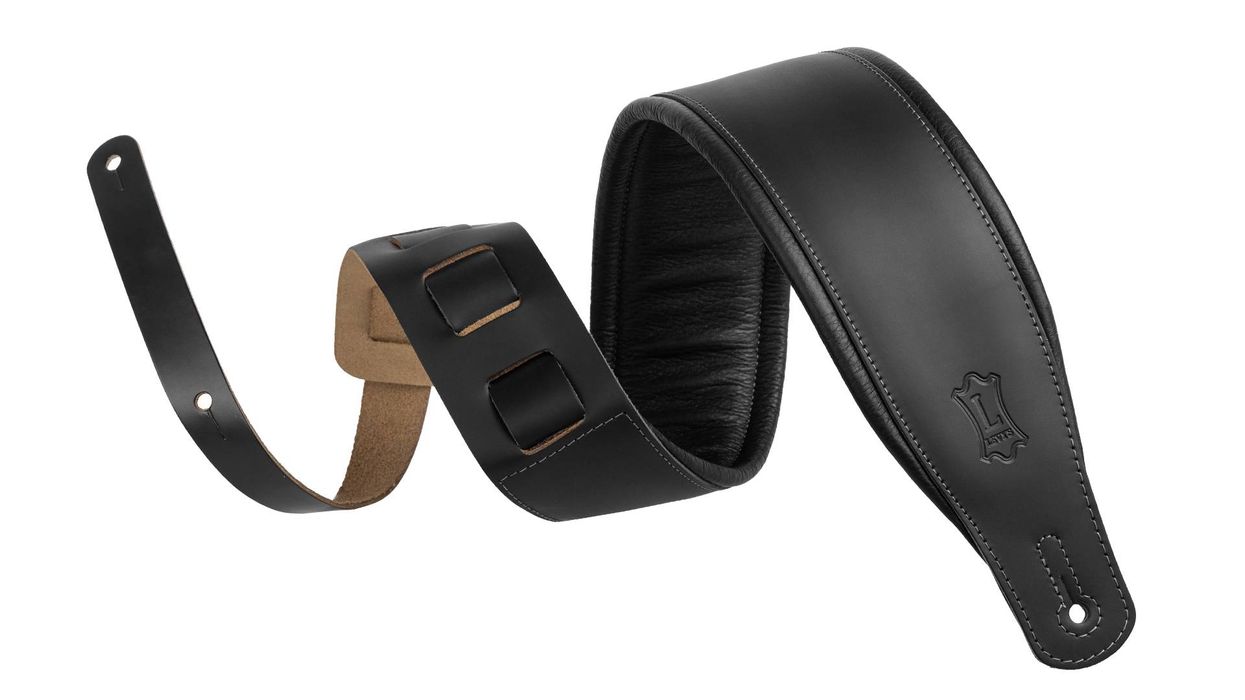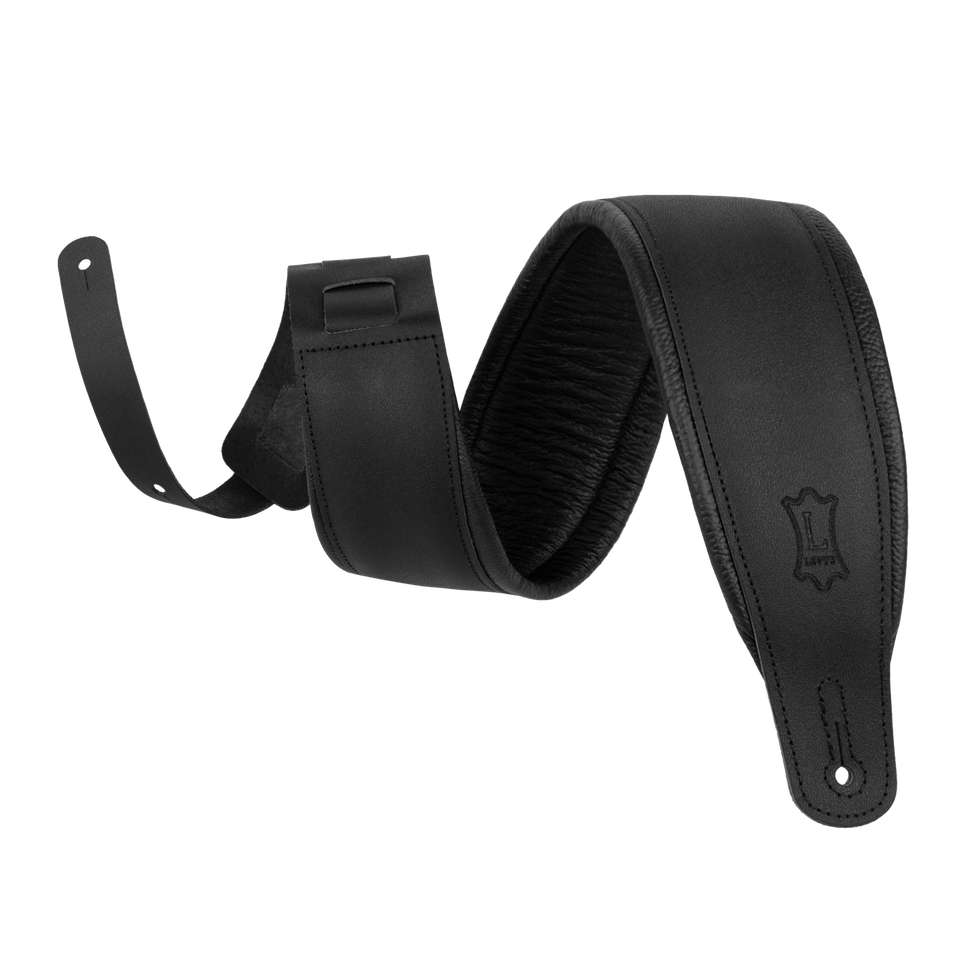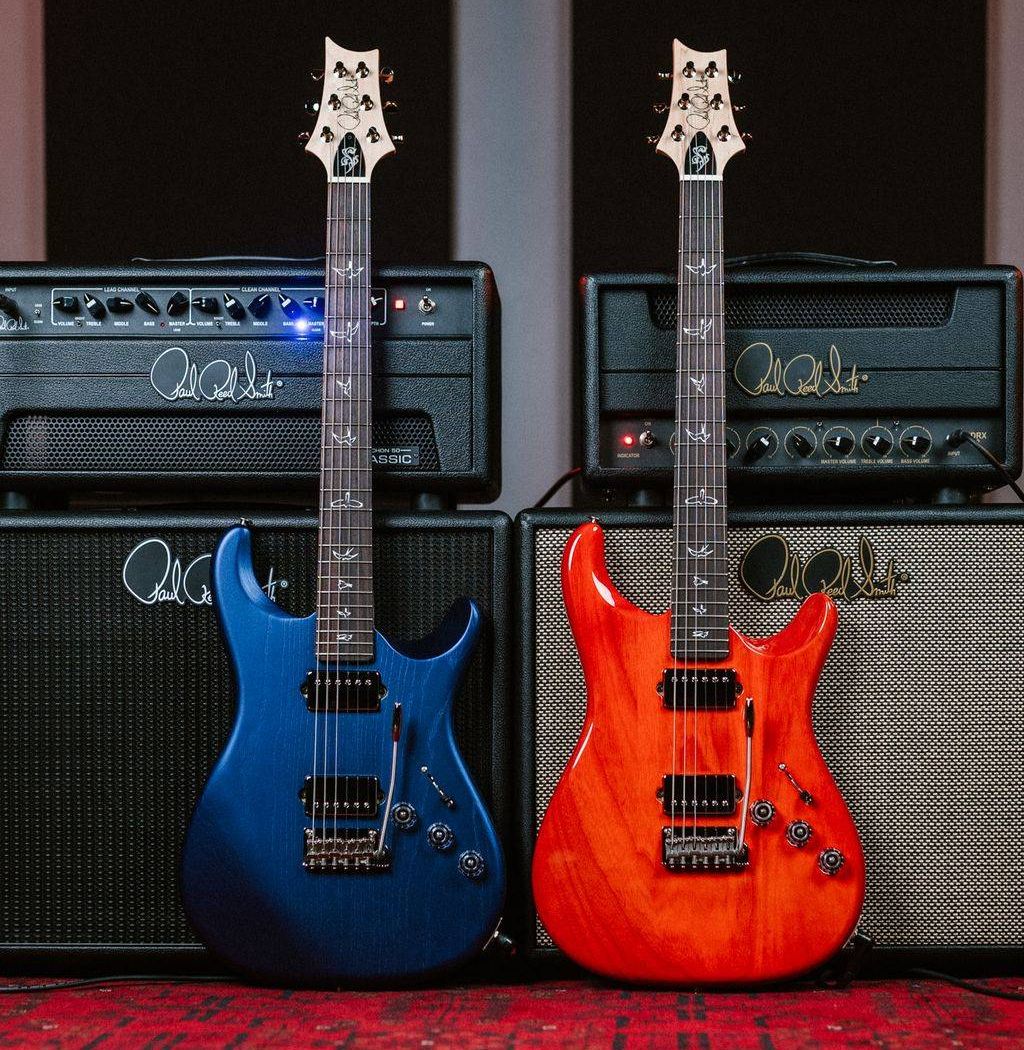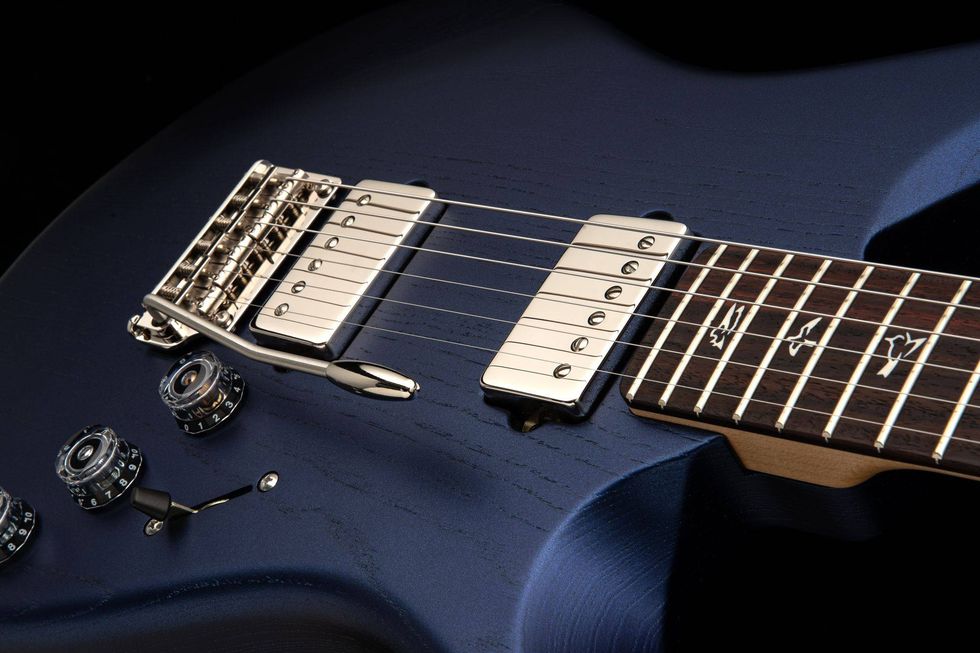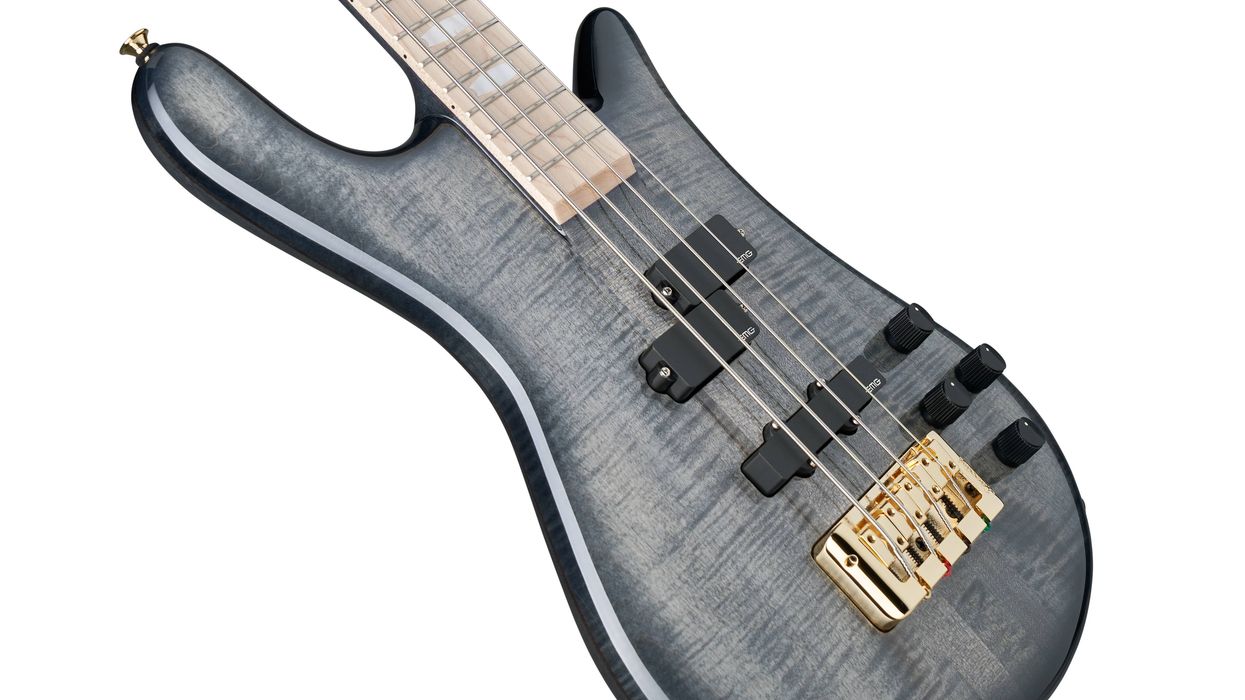In partnership with Fender, Bonamassa lives up to his mission with the release of a special edition original 1948 Dual Professional guitar amplifier, an extremely rare and collectible model that has never been reissued—until now.
Three-time GRAMMY-nominated Joe Bonamassa is celebrating his 26th #1 Billboard Blues album “Tales Of Time” this week. Joe is known for “keeping the blues alive” through his adventurous albums, stellar live performances, and his Keeping The Blues Alive foundation, which provides scholarships to schools and artists in need. Another creative way he does this is by collecting and preserving important, historic musical gear. Now, in partnership with Fender, Bonamassa lives up to his mission with the release of a special edition original 1948 Dual Professional guitar amplifier, an extremely rare and collectible model that has never been reissued—until now. Honored by Guitar World magazine with its Platinum Award of Excellence, the 1948 Dual Professional guitar amplifier is the first Fender amp with two speakers, boasting a striking “V-front” appearance, an early-era Fender classic, and a throaty growl, which can be leveraged for its original lap steel purpose or for blues, rock, or country guitar.
An avid collector of the world’s greatest vintage guitars and amplifiers with a deep knowledge of the technical side of his craft, Bonamassa partnered with Fender to revive this classic amp, which otherwise would have been lost to the guitar community. This is Bonamassa’s second piece of vintage gear that Bonamassa has helped bring back to life in partnership with Fender, following the ‘59 Twin-Amp JB Edition released in 2018. “This is an amp that, for a Fender connoisseur, goes back 74 years,” Bonamassa said. “It was one of Leo Fender’s first professional amps made for the stage and they’re extremely rare.” He continues, “Sitting next to it, it just feels like you’re going back in Fender’s history books.”
Bonamassa loaned his own prized ’48 Dual Pro to Fender, who, at his request, developed this hand-wired reissued model, which delivers the amazing look, tone, feel and overall vibe of that special vintage tube amp. The amp includes two 6L6 power tubes, two EF806 preamp tubes, and one 12AU7 phase inverter tube to replicate the sound and feel of the unavailable octal tubes in the original. Hand-made in Corona, Calif., the 1948 Dual Professional JB Edition is designed and built to Joe Bonamassa’s specifications and is sure to appeal to his fans, collectors, and pro guitarists everywhere. Priced at $3,499.99.
The announcement of the 1948 Dual Professional guitar amplifier comes just after the release of ‘Tales of Time,’ Bonamassa’s sprawling and expansive live concert film and album, shot at the breathtaking Red Rocks Amphitheatre in Colorado. Joe’s latest #1 Blues album, out now in CD/DVD, CD/BR, vinyl, and digitally, captures a stratospheric performance by the blues-rock titan, as his virtuoso guitar style and unique technique and flair elevate the evening to an almost heavenly high. This incredible undertaking was produced by long-time collaborator and producer Kevin Shirley (Led Zeppelin, Iron Maiden, Journey). “This live show represents our most progressive and largest production to date, focusing on my most ambitious studio album to date,” commented Bonamassa. “My band was a force of nature on this show, and it truly was a special night.”
For more information, please visit jbonamassa.com.
